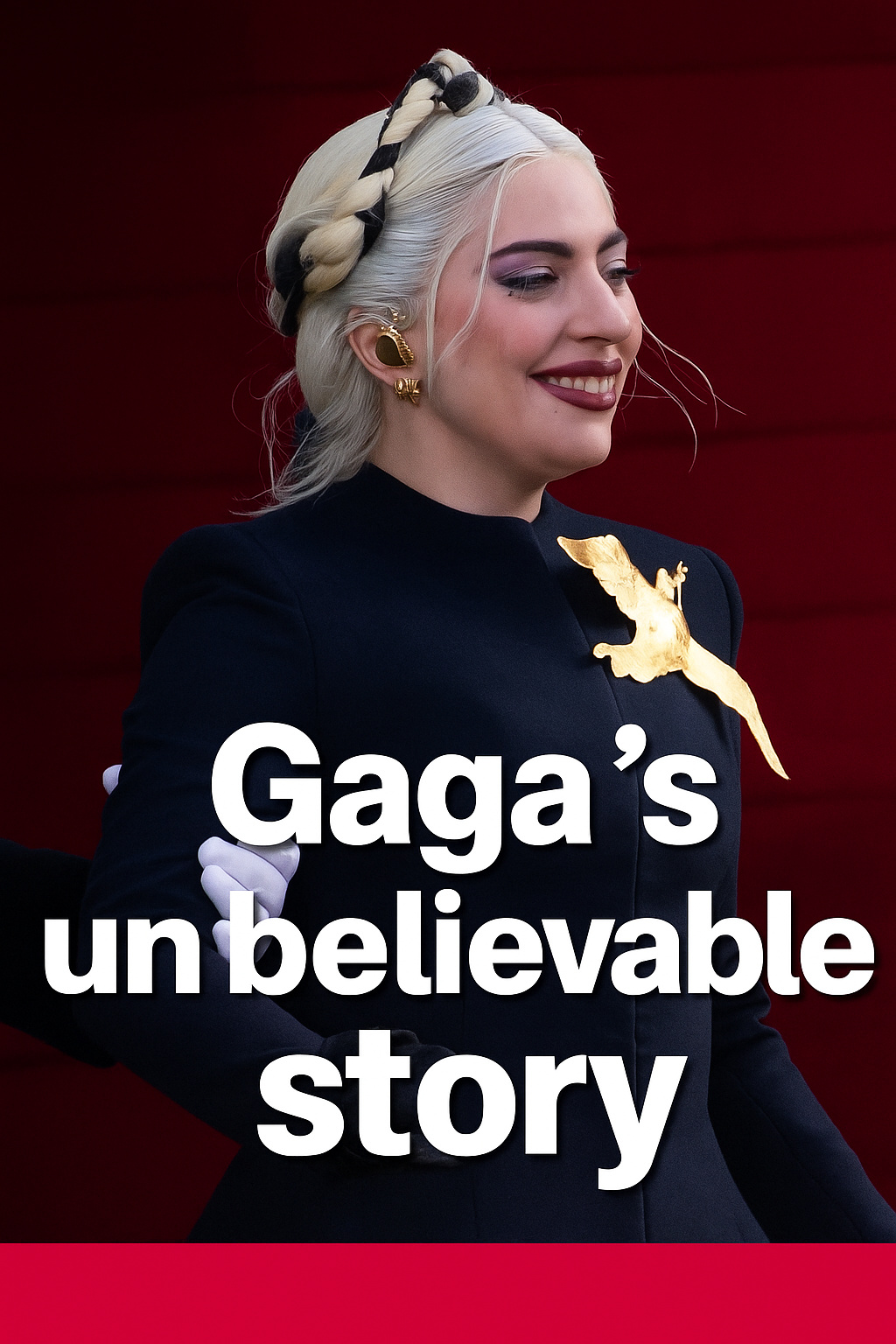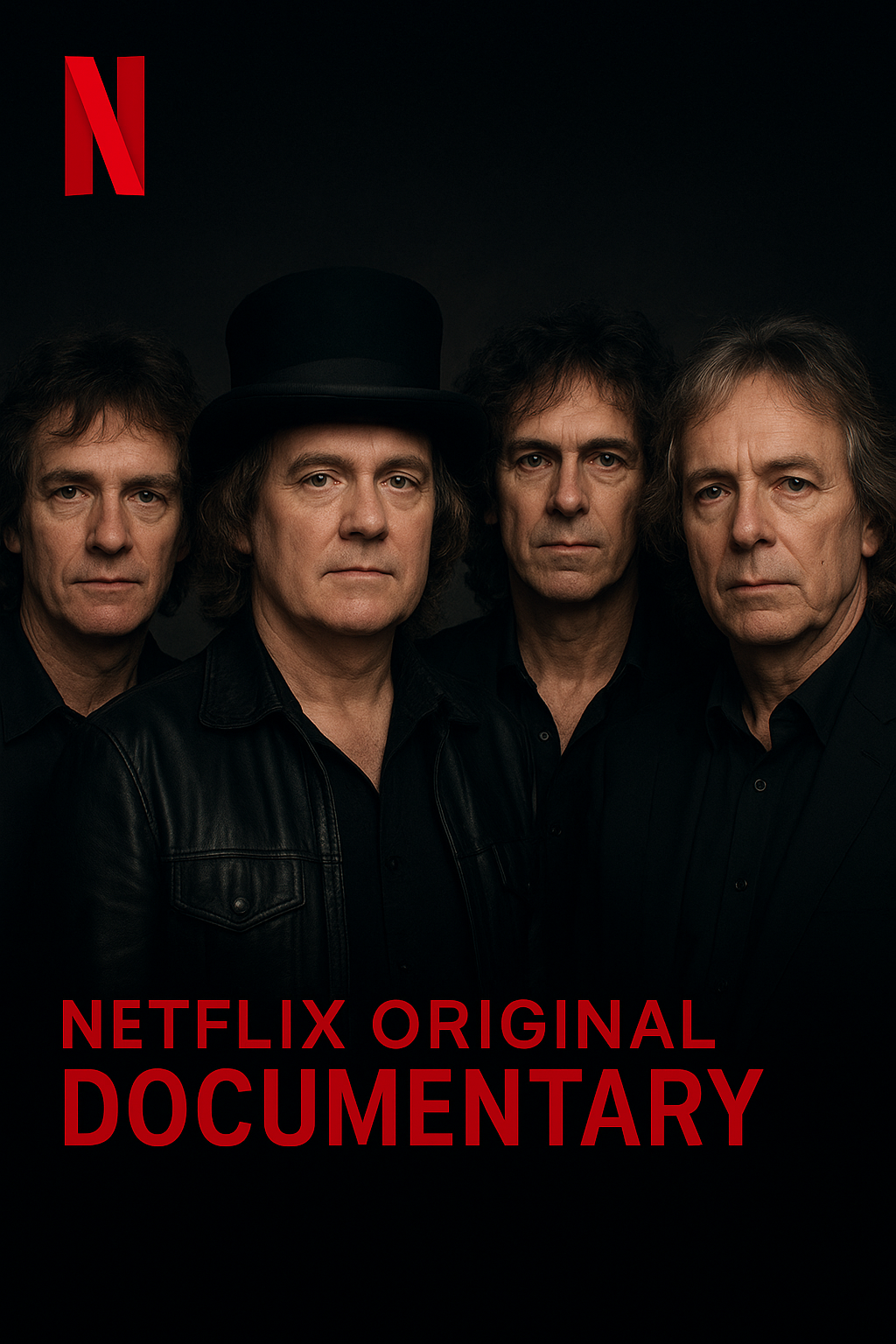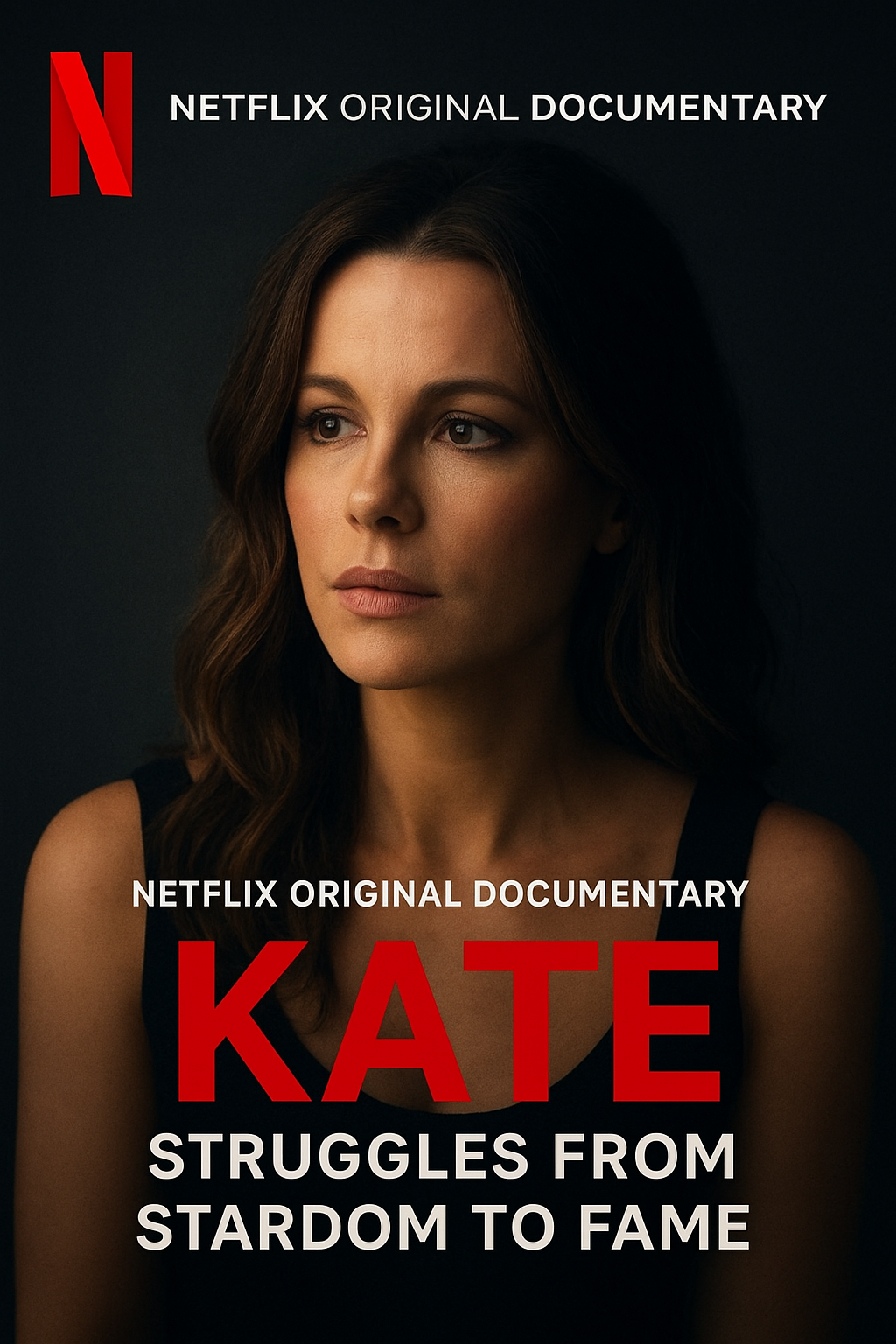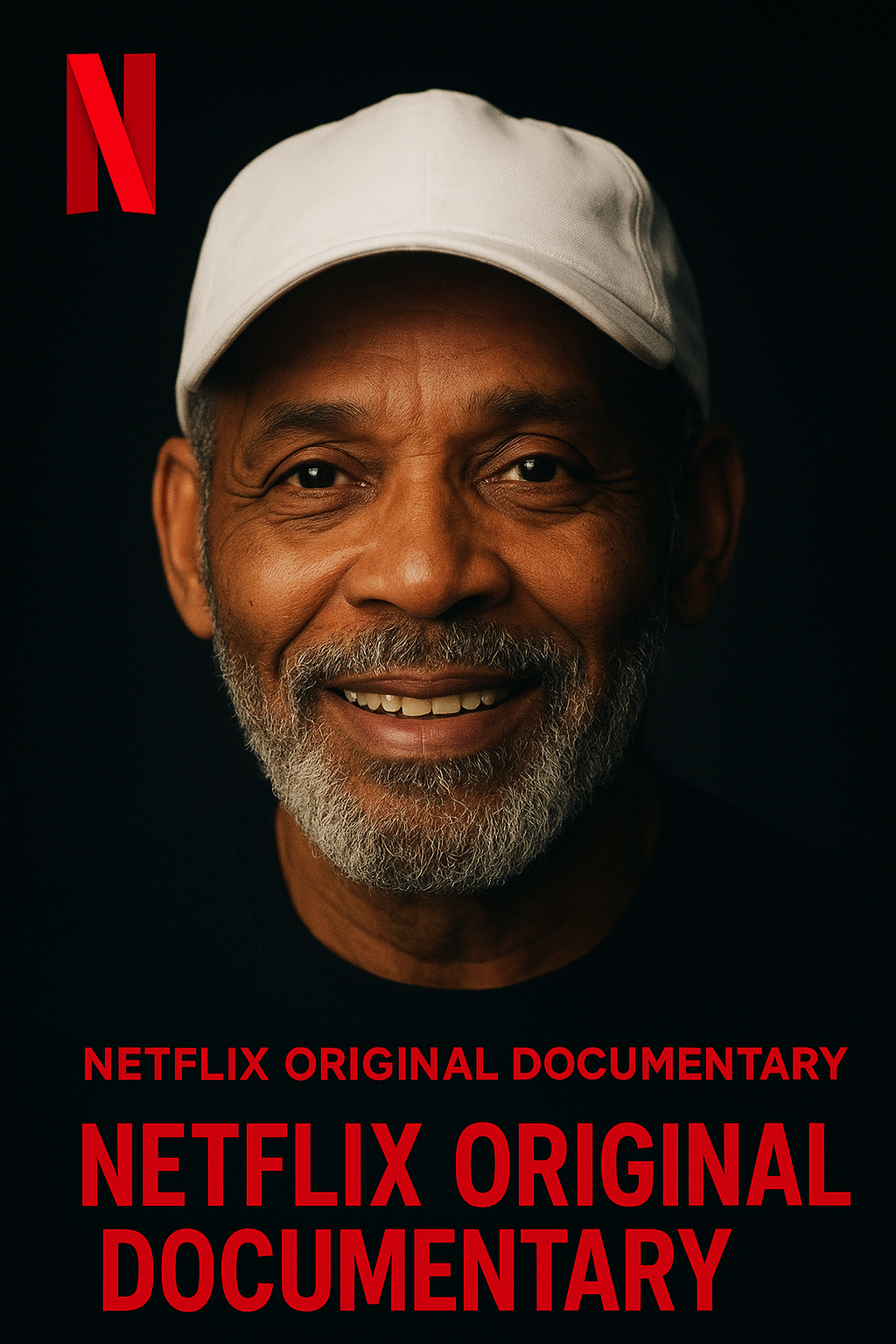The voice of Lady Gaga has echoed through the chambers of music history with the resonance of a revolution. To many, she was once the girl with the blonde wigs and theatrical outfits, a pop star dancing across MTV stages with infectious hooks. But beneath the spectacle was a story more profound—an artist who redefined the boundaries of genre, femininity, and performance. Her roots in rock music, often overlooked, tell a different story—one of raw power, vulnerability, and artistic rebellion.
Born Stefani Joanne Angelina Germanotta, Lady Gaga’s musical DNA was shaped by classic rock and theatrical glam. Before fame found her in the clubs of New York’s Lower East Side, she honed her craft on piano ballads that echoed Elton John, Queen, and David Bowie. Her voice—guttural, defiant, and operatic—was forged in a crucible of influences that went far beyond the electronic beats she initially rode to stardom. Even her earliest demos carried the rasp of Janis Joplin and the storytelling grit of Springsteen.
It was only later, when the makeup began to crack and the masks slipped, that the world began to hear the voice behind the persona. “You and I,” a stomping, country-rock power ballad, was one of her first mainstream tracks to give the world a taste of her rock leanings. With Brian May of Queen on guitar, it was a moment of fusion—Lady Gaga stepping away from the pop club and into the smoky dive bar. Critics took notice. Fans were intrigued. Something more primal was stirring within her artistry.
What few realized was that Gaga’s rock tendencies were not detours, but the blueprint. Long before “Just Dance,” she was performing Led Zeppelin covers at open mics, taking cues from Bowie’s androgyny and channeling the rage of Alanis Morissette. Her voice, trained but untamed, could scream as much as it could serenade. Her love for performance art found its true stage in the structure of rock and roll—a genre built on rebellion, self-expression, and emotional release.
In 2016, the release of Joanne marked a turning point. She stripped down the synths and bared her soul. The album was a love letter to her late aunt, and its country-rock aesthetic was a nod to Americana and vulnerability. Tracks like “Million Reasons” showcased her vocal range and storytelling depth, blending Nashville twang with New York grit. This wasn’t Gaga chasing trends—it was Gaga unmasking her musical soul.
Her halftime performance at the Super Bowl the following year was a spectacle, yes, but it was also an homage to classic rock stadium energy. With no need for controversy, she jumped from the roof, belted out her anthems, and played piano like a woman possessed. Millions witnessed not just a pop icon but a rock performer in full command of her stage—a high-wire act with a heart.
Gaga’s turn in A Star Is Born was not just a career pivot—it was a validation of her roots. Playing Ally, a character who rises from anonymity into the harsh lights of fame, Gaga blurred the lines between fiction and reality. Her performances with Bradley Cooper, especially the electrifying “Shallow,” showed a new generation the soul of rock balladry. It wasn’t acting. It was testimony. That growl in her voice wasn’t technique. It was history speaking.
Collaborations with legends like Metallica at the Grammys further cemented her credibility in the rock arena. While many questioned the pairing, Gaga met them on equal footing, even outshining the band’s usual theatricality with her charisma and confidence. It was a moment that silenced skeptics and reminded the world that rock isn’t just guitars and leather—it’s attitude, authenticity, and guts.
Today, Lady Gaga exists beyond category. She can sing jazz with Tony Bennett, headline a Las Vegas show, and still bring the house down with a cover of “Born This Way” in an arena of 80,000. But it’s in her most raw and stripped moments—alone at a piano, voice cracking with emotion—where the spirit of rock truly lives. She has inherited the mantle not of a pop princess, but of a rock priestess—preaching emotion and transformation.
The voice that once danced its way through bubblegum pop now stands as a symbol of evolution in an industry often quick to typecast. Gaga’s story isn’t just about reinvention—it’s about revelation. Her journey from dance floors to dive bars, from digital beats to distorted guitars, tells a broader story about artistry and authenticity.
Lady Gaga didn’t just change pop. She didn’t just flirt with rock. She became a force that blurred all lines, defied every expectation, and gave voice to the forgotten, the different, and the loud. And in doing so, she didn’t just sing rock—she embodied it.



